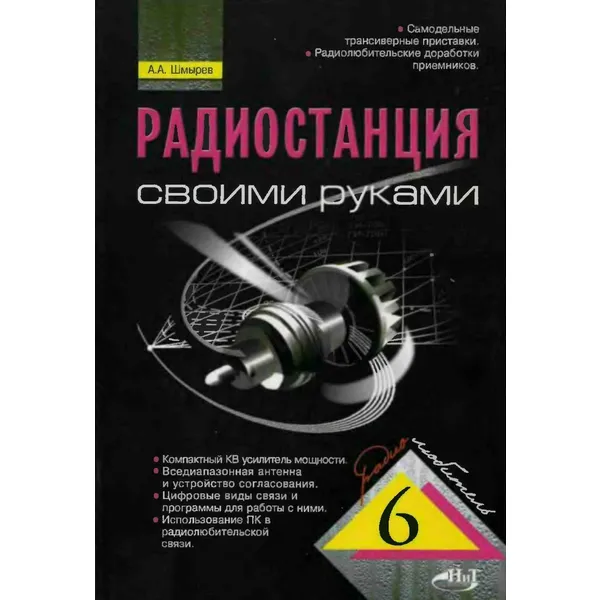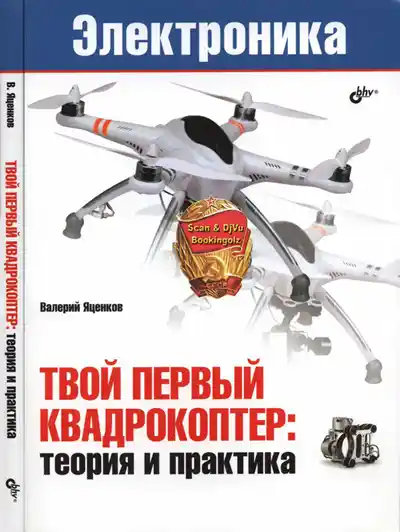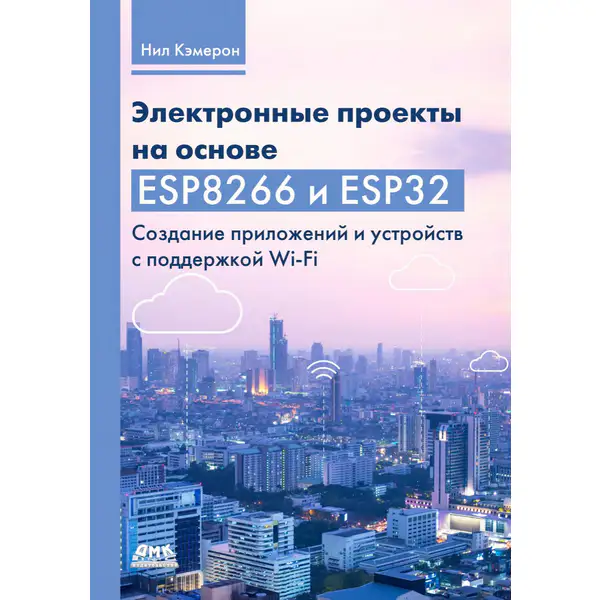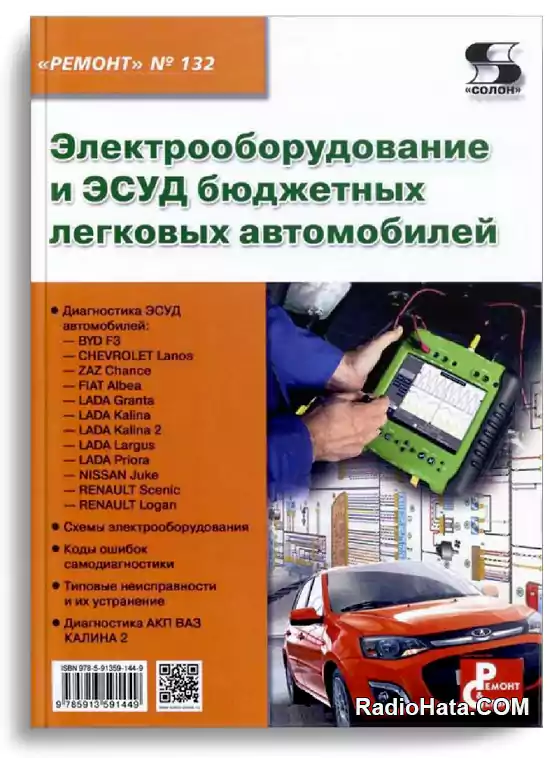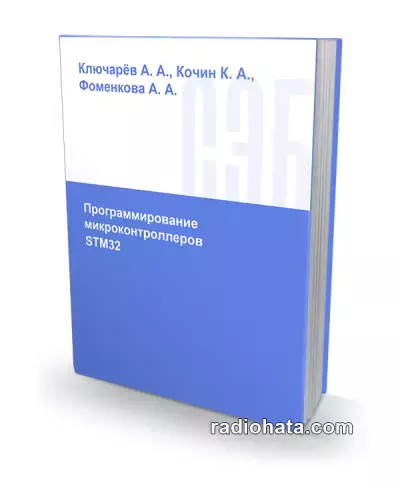Популярное
Engineering Circuit Analysis, 10th Edition

Engineering Circuit Analysis, 10th Edition | William H. Hayt, Jr., Jack E. Kemmerly, Jamie D. Phillips
English | 2024 | PDF (true) | Pages: 922 | 15.4 MB
The target audience colors everything about a book, being a major factor in decisions big and small, particularly both the pace and the overall writing style. Consequently, it is important to note that the authors have made the conscious decision to write this book to the student, and not to the instructor. Our underlying philosophy is that reading the book should be enjoyable, despite the level of technical detail that it must incorporate. When we look back to the very first edition of Engineering Circuit Analysis, it’s clear that it was developed specifically to be more of a conversation than a dry, dull discourse on a prescribed set of fundamental topics. To keep it conversational, we’ve had to work hard at updating the book so that it continues to speak to the increasingly diverse group of students using it all over the world.
Although in many engineering programs the introductory circuits course is preceded or accompanied by an introductory physics course in which electricity and magnetism are introduced (typically from a fields perspective), this is not required to use this book. After finishing the course, many students find themselves truly amazed that such a broad set of analytical tools have been derived from only three simple scientific laws—Ohm’s law and Kirchhoff’s voltage and current laws. The first six chapters assume only a familiarity with algebra and simultaneous equations; subsequent chapters assume a first course in calculus (derivatives and integrals) is being taken in tandem. Beyond that, we have tried to incorporate sufficient details to allow the book to be read on its own.
Circuit analysis has long been a traditional introduction to the art of problem solving from an engineering perspective, even for those whose interests lie outside electrical engineering. There are many reasons for this, but one of the best is that in today’s world it’s extremely unlikely for any engineer to encounter a system that does not in some way include electrical circuitry. As circuits shrink and require less power, and power sources become smaller and cheaper, embedded circuits are seemingly everywhere. Since most engineering situations require a team effort at some stage, a working knowledge of circuit analysis therefore helps to provide everyone on a project with the background needed for effective communication.
Download : Engineering Circuit Analysis, 10th Edition
~ Turbobit
Похожие новости
Информация
Посетители, находящиеся в группе Гости, не могут оставлять комментарии к данной публикации.
-
Зарубежные журналы
-
Радиотехнические журналы
-
Книги
